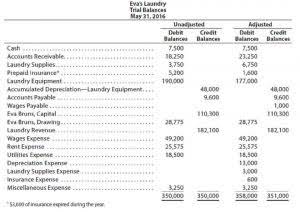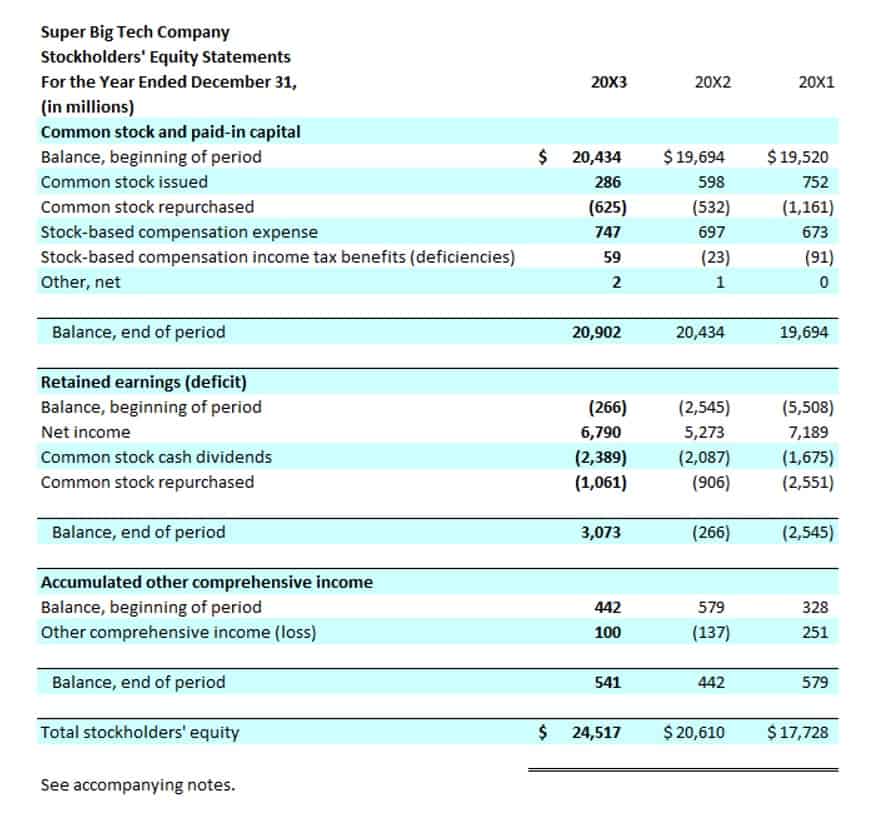
Whether you are an owner who is nearing retirement or an owner who wants to focus more on patient care, there is a common thread — a deep desire to ensure the success and bright future of your practice. Finally, relative size also matters regarding the market value of veterinary practices. There is a greater appetite for higher revenue, multi-doctor, multi-location veterinary practices. Today, several accounting software systems are available online, such as Xero, while others, like QuickBooks, currently have both online and desktop versions. Your choice depends on how many people will use the system, reporting features critical for your business model, and IT capabilities.
Key Services Offered by Veterinary CPAs
The AAHA/VMG Chart of Accounts offers better financial insights for veterinary practices compared to traditional bookkeeping practices. Detailed categorization of revenue and expenses HVAC Bookkeeping helps identify financial trends in the practice. Because of this, practices can assess areas of strength, efficiency, and profitability. These insights then enable informed decision-making and strategic planning. Traditional bookkeeping methods often lack the specificity required for veterinary practices.

Getting Your Veterinary Practice Started with the AAHA Chart of Accounts
- During my commercial finance career, I analyzed the financial condition of thousands of companies and successfully sold over $2 billion in corporate debt to institutional buyers.
- When a veterinary practice receives a deposit from a client, this transaction must be recorded as a liability, not revenue.
- Professional bookkeepers and accountants offer personalized support for complex financial structures.
- But you can save a lot of time by sharing the chart of accounts with your vendors.
- Accounting software tailored for the pet industry can streamline these processes, ensuring accurate financial tracking and reporting.
- Accounts Receivable (AR) is a critical element of financial management within veterinary practices.
Managing client deposits and advance payments requires veterinary practices to be diligent in adhering to tax laws and accounting standards. Assessing various aspects of a practice’s health and aligning with industry standards require key performance indicators (KPIs), industry benchmarks, and other metrics. Monthly financial tracking and real-time reports provided by CPAs and practice management software empower veterinarians to make informed financial decisions. It involves tracking expenses, managing cash flow, and classifying assets. Veterinary accountants play a key role in the financial health veterinary accounting of a practice by managing asset classification, capital investments, and operational expenses.

Accounting Software and Tools

Through strategic financial planning and inventory management, the store was able to stabilize its cash flow and maintain steady growth. This example underscores the necessity of proactive financial strategies to navigate the unique challenges of the pet industry. Effective financial management is crucial for veterinary practices to ensure sustainability and growth. Managing finances involves tracking income from services rendered, managing expenses such as salaries, medical supplies, and utilities, and ensuring proper billing fixed assets and collection processes.
Can you provide an example of successful financial management in a pet store?
The AAHA/VMG Chart of Accounts addresses this gap by providing a tailored approach. This chart includes unique categories relevant to veterinary operations, such as diagnostic services and surgical procedures. This level of detail allows for more precise financial analysis and reporting.


